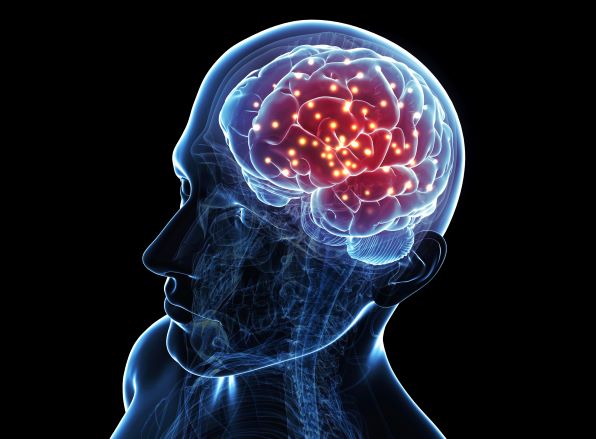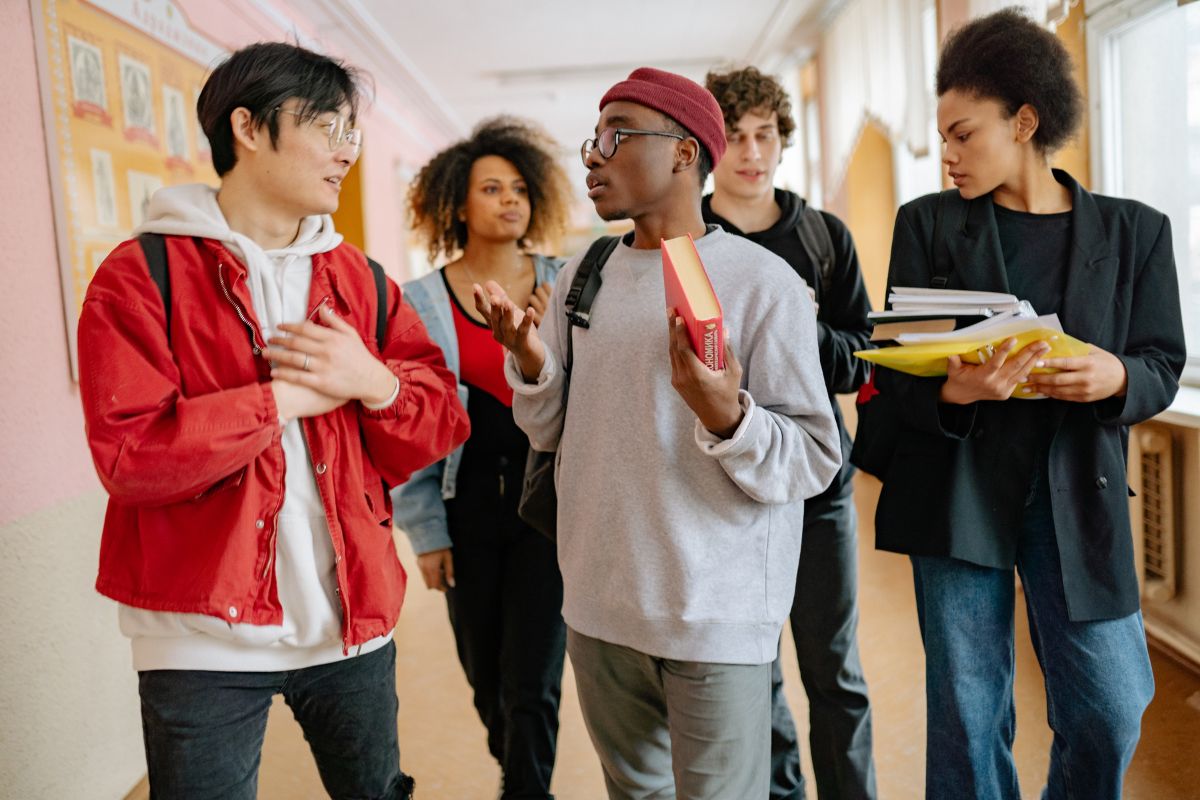Seven and a half Lessons About the Brain – A book review

Networks are not homogeneous
With appointments that include Harvard and North-eastern University, Professor Lisa Feldman Barrett* has worked in cultures suited to providing readers with ‘scientific nuggets’ about a brain whose primary purpose is not thinking per se but running a regulatory budget for our cardiovascular, respiratory, and immune systems.
This process for managing the body’s efficiency is called allostasis.
Quite early in her book, she dismisses the 1980s three-brain theory: we possess only one. Although subject to bursts of irrationality, our grey matter’s structure does not mimic any member of the lizard family.
The author also dismisses the brain as a either jigsaw or fast System 1 in harmony with a more thoughtful System 2; rather, she proposes a network of 128 billion neurons: tree-like structures which communicate with each other via chemicals crossing gaps in each neuron’s roots.
Always alive, the total number of connections tots up to five hundred trillion, the 12 zeros of a single trillion being awkward to imagine, at least they are in my modest network.
Do brains often move in decidedly selfish ways?
Fortunately, amidst such intertwined complexity, the ‘wiring’ of your brain is supported by hubs, an analogy with the way air travel relies on major airports that require passengers to disembark before beginning the second stage of their journey.
We seem blessed with plasticity: neurons can take on new roles – exemplifying one of many metaphors which circulate for the human brain! Incorrectly, I would probably find a diagram representing London to Glasgow air traffic an easier read than one showing neuroscientific links between traveller Jo’s hidden brain hubs, even though the former is more mysterious, busy with thousands of brains participating on a variety of social journeys.
As for candidate Jo herself, fastidious and financially secure, will she still seek a job offer when her flight eventually touches down in an uncomfortably chilly Glasgow – or instead opt for an afternoon of retail therapy? There’s no ‘us’ in ‘me’. Do brains often move in decidedly selfish ways?
The key to creating a human mind
We can think abstractly, communicate through speech, imagine different futures, and build robot vacuum cleaners. Rather than rank such abilities as unfathomably complex, the noun complexity gets referred to as ‘a characteristic that is key to creating a human mind’ when the brain configures itself into huge numbers of distinct patterns.
Such a sparse description hints the process is opaque, just as our neurons, blood vessels, and glial cells ‘function in ways not yet fully understood’.
The brain possesses no file of memories, they are reassembled each time we rethink our past – but reassembled from exactly what? How do neurons, electricity, and swirling chemicals construct a blurred social image of last summer, or a more distant Norfolk summer of 1981?
A shift from the physical to mental feelings gets acknowledged as one of the great mysteries of consciousness.
Brains start young.
Chapter three considers our early years, noting via highly original metaphor that genes and environment persist through a lifetime like two ardent dancers performing their fiery tango. During childhood, caregivers should create learning opportunities on behalf of innocents, encouraging their attention and the brain strengthening connections between neurons, a process called ‘tuning’; a related process of ‘pruning’ removes unused connections, burdensome in the long term.
But no free gifts from Nature? Even if parents, offspring, and peer groups share values related to professional advancement, are unique axons always able to stretch their countless roots in directions which permit this? Whenever teacher sticks four gold markers on junior’s notebook, perhaps we should thank our lucky stars.
Memory helps us make sense of surrounding data
Tragically, childhood poverty often relates to an unused and disadvantaged cerebral cortex. How do parents and children deal with the future? It seems memory helps us make sense of surrounding data by drawing on personal experience and learned material, both usually richer in adults than young children.
While searching (at incredible speed?) through a lifetime of past experiences the brain weighs possibilities based on similar experiences, this can result in a new corrected experience of ‘X’. The mechanism and mathematics which performs the assessing is not revealed, though it may appear among the book’s scientific references (p133 – 166).
In chapter five, there are remarks about the positive impact we can have on each other, and the consequence of treating folk as though they were inanimate automata.
How we create reality
Closing chapters set out issues on variety, in that only Homo sapiens impose abstract order on our shared world, from casual quips about the weather to professionals’ relentless classification of beetles.
While nature has evolved a single brain architecture, each of us emerges from the link between brain and environment; wired by ‘a particular culture’, mind emerges.
Professor Barrett ends by discussing how we create reality, five connected (though undefined) ideas are put forward:
- Creativity,
- Coping,
- Communication,
- Cooperation and
- Compression.
Why are other nouns omitted, say, Debate, Logic, or Criticism?
I am in favour of practical parley, but, outside of philosophy, this cluster of words delivers little to talk about.
Given our shared world is problematical, and the Devil lurks in the detail, what manner of linguistic network might help perplexed groups work towards improvement?
Neil Richardson, Kirkheaton
*Barrett, L., 2020. Seven and a half Lessons About the Brain. [S.l.]: MARINER BOOKS.












Responses